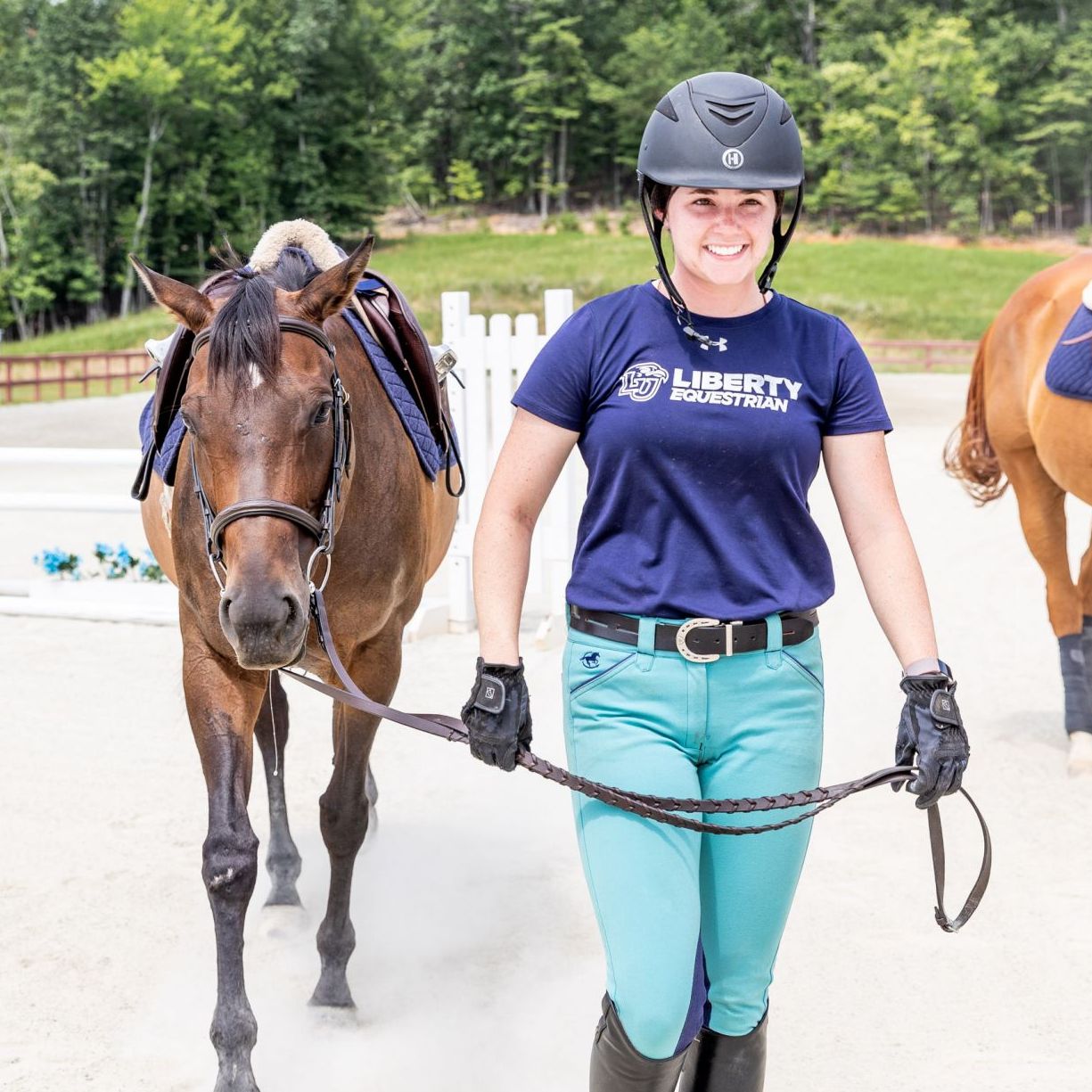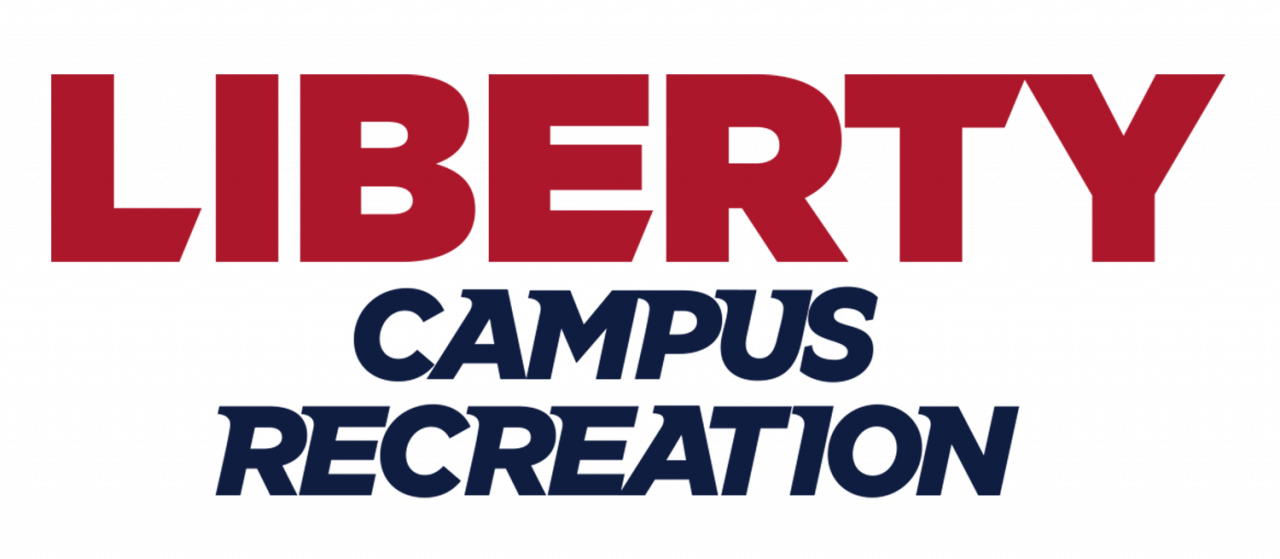What is the Equestrian Dress Code?
May 14, 2021
Written by Harriet Carter, Farm Management Coordinator

All sports require a particular type of attire, and the equestrian sport is no different. Having the right apparel for equestrian riding is key for both safety reasons and comfort. Equestrian dress observes the sport’s physical and safety demands and considers the unique history of the sport. Whether you are stepping into the barn for the first time or looking for ideas to dress appropriately for the sport, this guide covers all the tips on feeling confident and well dressed in the saddle.
Long Fitted Pants
It is logical to assume that wearing shorts is appropriate for horse riding during sunny days. Unfortunately, shorts and the equestrian sport do not mix well. Friction from bare legs and the saddle moving from the horse’s natural motion leaves the rider with uncomfortable pinches down the legs [2]. Also, wearing baggy clothing such as loose pants, sweaters, or scarves is not recommended as they can easily get caught on the saddle, risking being dragged by the horse.
Dressing in long, tight fitting pants protects you from being pinched by the saddle and can keep sharp objects that may be lurking in the barn such as hay, farrier nails, and splinters off of your legs [1].
Rubber-Soled Boots
The urge to wear open shoes to horse riding during hot days is inadvisable. A horse may accidentally step on the rider’s foot leading to serious and painful injury [2]. While this may be surprising, tennis shoes are also not acceptable. They are not nearly as protective as rubber-soled boots.
Wearing rubber-soled boots with a protected toe comes in handy as being stepped on by your mount is a common injury. Boots reduce the risk of falling over on slippery surfaces and keep your feet dry while working [1]. Make sure that the boots you are wearing can comfortably slip in and out of the stirrup. It is important that your foot not feel tight in the stirrup while riding.
The Helmet
The helmet is the most important piece of equestrian clothing, it’s importance cannot be understated. A helmet should be on at all times when you are riding no matter where you are. Riding helmets can be found at a variety of tack stores and come in many different looks. In the show ring, black is the preferred color. If you own a helmet of another color and do not want to replace it, a black helmet cover slip can be put over your helmet.
Ensuring the Right Fit
It is important to examine helmet fit when it is sitting on your head. How much does it wiggle? Is it too narrow? Does it fall down into your line of vision? A helmet that fits correctly should not wiggle around and the brim should sit about an inch above your eyes. Once you have found a helmet that works adjust the chin strap so that it is comfortable but snug. Some helmets come with an adjustment dial that can be moved to change the size of the helmet. If your helmet has a dial like this make sure that it is appropriately fitted to your head also. Remember, a helmet can save you from great injury. It is important that it fits well and that you wear it to ride every time.
Horse Showing Attire Do’s and Don’ts
In the face of ever-changing fashion and trends over the years, riders are tempted to dress in flashy and showy clothes. However, it is important to respect the equestrian show and maintain its tradition. Specifically in Hunt Seat/English competitions riders should avoid loud items that lie outside the norm as it distracts judges from the horse’s performance [3]. A good rider should want their performance to speak for itself rather than one’s loud clothing stealing the show. The horse and the rider’s performance are the judges’ key focus. The most important element of dress that riders should observe is the overall cleanliness of both the horse and rider. Well-tailored and adequately fitting clothes add a professional touch and draw the judge’s eye while horse showing [3]. Beige breeches are the most widely seen breech for horse showing though canary, tan, rust and white are also appropriate in certain horse show classes. If you are unsure, it is best to ask your trainer or coach what is best. Professional but modest attire will not limit your ability to perform and subtle touches on clothing like beautiful fabric on a show shirt can bring out the rider’s elegance. Black boots are also a key element of horse show attire. Boots should be polished and cleaned of dirt. Boots that fit appropriately will rise to just below the bent knee of the rider. If your boots are new make sure to break them in at home by riding in them at least a few times!
You may not be a professional rider or heading to an equestrian show anytime soon, but if you do come up to Liberty Mountain Equestrian Center for a trail ride or riding lesson, be sure to dress appropriately!
References
[1] https://www.braysisland.com/life-in-the-field/expert-guide-equestrian-attire
[2] https://mtcreekstable.com/2018/03/19/weve-got-you-covered-what-to-wear-horseback-riding/
[3] https://www.theplaidhorse.com/2019/09/16/be-well-turned-out-with-arista-equestrian/
